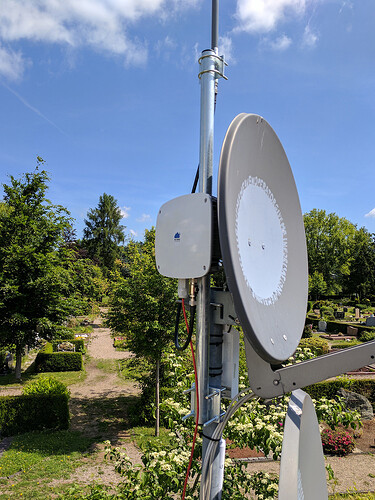2 posts were merged into an existing topic: Gateway placement tips
I don’t have any real knowledge about this, but I can imagine that grounding the antenna will increase the chance of destroying the antenna and gateway on a lightning strike, but I’ve heard that a nearby lightning strike is likely to kill nearby electronics anyway. On the other hand, I can imagine that connecting the antenna to the lightning rod grounding would make sure that if lightning strikes the antenna directly, most of the energy can be led away through the lightning rod’s grounding cable (and stay outside of the building), instead of being led away through the gateway and its ethernet or power cables (into the building).
Lightning protection for antennas is not really for protecting the antenna or equipment, but rather for the building it is on. If a lightning strikes a grounded antenna, other lightning protectors or just strikes something in the neighborhood, your gateway will be fried. But with proper grounding, your building wont catch fire  .
.
Another reason to ground antennas is when you have weatherproofing around your antenna, e.g. a PVC tube with your antenna inside. The blowing wind creates a static buildup on this insulator which reduces the sensitivity of your antenna. By shorting this to ground you avoid this. These are so called DC-grounded antenna’s.
I think the easiest way for lightning protection is putting you gateway very close to the antenna and using an isolated power supply and ethernet isolator. If lightning strikes it, your gateway will be fried (but it will be fried anyway) but the rest of the electrical and IT equipment of your building will be saved.
is this ok ??
or this one ??
The receiver on the Semtech based gateways is good to 6dbm or 400mW although 100mW input is the normal range. I presume the reference design has some transmit / receive switching that probably terminates the receive port during transmit to prevent overload. That still gives a risk from other signals
I would hope the receive path has a protection diode on the input to rectify a signal falling beyond about 0.3V and ensure the receiver is protected from overload. Unfortunately I don’t have any gateway schematics to check
What can be done though is put a decent band pass filter on the input from the antenna. This removes transmit harmonics and protects the receiver from other signals. The preferred way to do this would be a shorted coax stub as this grounds any static charge picked up by the antenna too
Some time ago I asked the same question, also with a burning house in mind.
based on what I read there I think the additional risk of being hit caused by the antenna is very limited, but if lighting already decided to hit your house anyway it will do so by hitting the antenna.
That leaves the question if there is a rational reason to spend a serious amount of money on a lighting rod.
…but if, on a high building, tall lightning rods are hit (by design, that’s why they’re there) then I’m somehow afraid that would damage any gateway that is also connected to the same wiring, or is very close to it… (But I’m not an expert at all.)
As gateways could fail for other reasons as well, I guess putting money into network redundancy is much better spent.
It’s a common misconception that lightning rods ‘attract’ lightning. The impedance of the air is so high a lightning only ‘senses’ the rod when it’s a couple of meters away. This means that if lightning hits a rod it was going to hit the building anyway, but in the last few meters the rods provided a lower impedance path to ground than the building structure.
If your grounding is good, no other grounded equipment should be damaged. Many professional radio masts are grounded through the metal casing of the radio equipment. That’s why they have such big grounding screws ![]() This equipment does have proper surge protection though, like PIN diodes on the RF output. I don’t know what surge protection the TTN gateway or the IMST gateways have, as @tkerby mentions.
This equipment does have proper surge protection though, like PIN diodes on the RF output. I don’t know what surge protection the TTN gateway or the IMST gateways have, as @tkerby mentions.
@BoRRoZ no idea if these offer good protection. I’m a bit worried by not seeing any grounding pins, which any decent lightning protector should have. These look more like normal surge protectors, where the excessive charge is dissipated through the TVS diodes. But these will blow or fuse if lightning strikes.
@TijnOnlijn How are the results (range) with your antenna setup?
gp901.
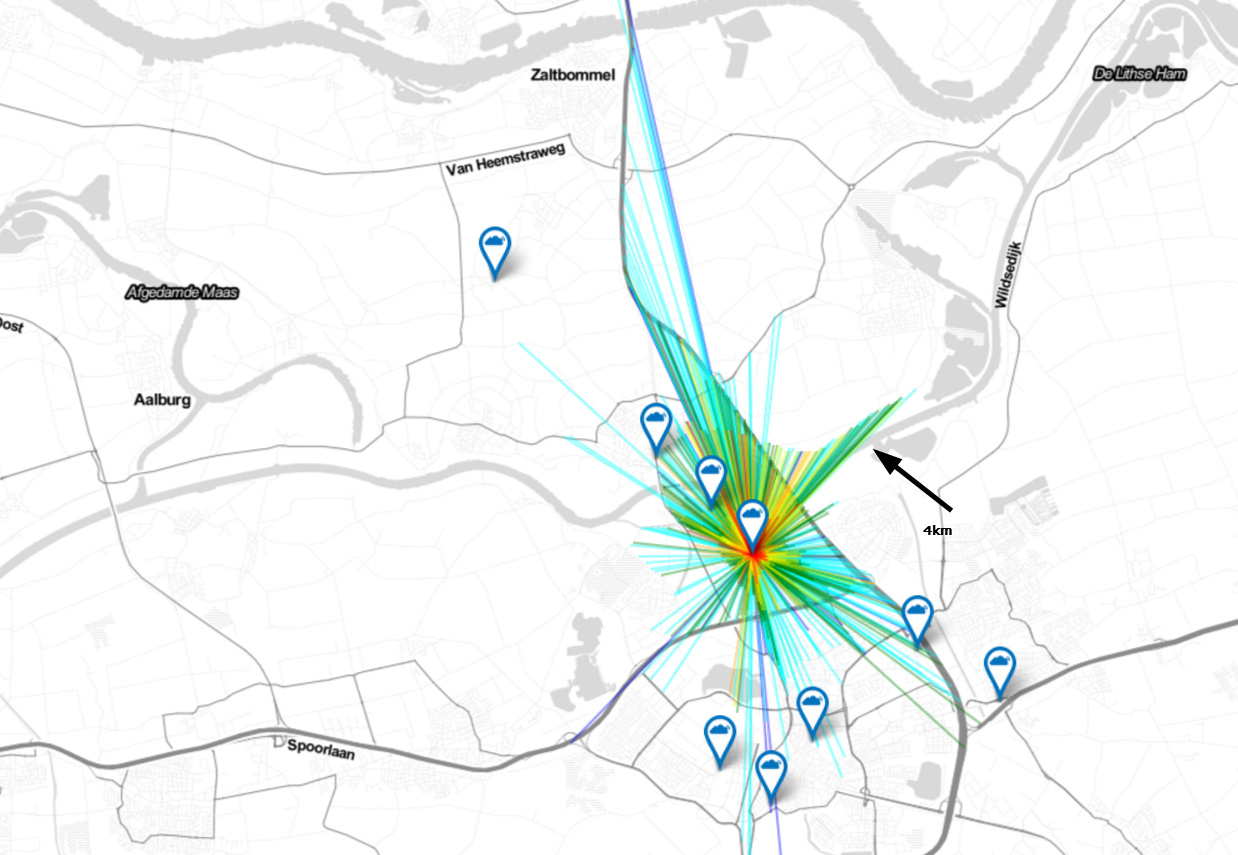
and this is the same setup, only 2 meters higher and in a rural flat area.
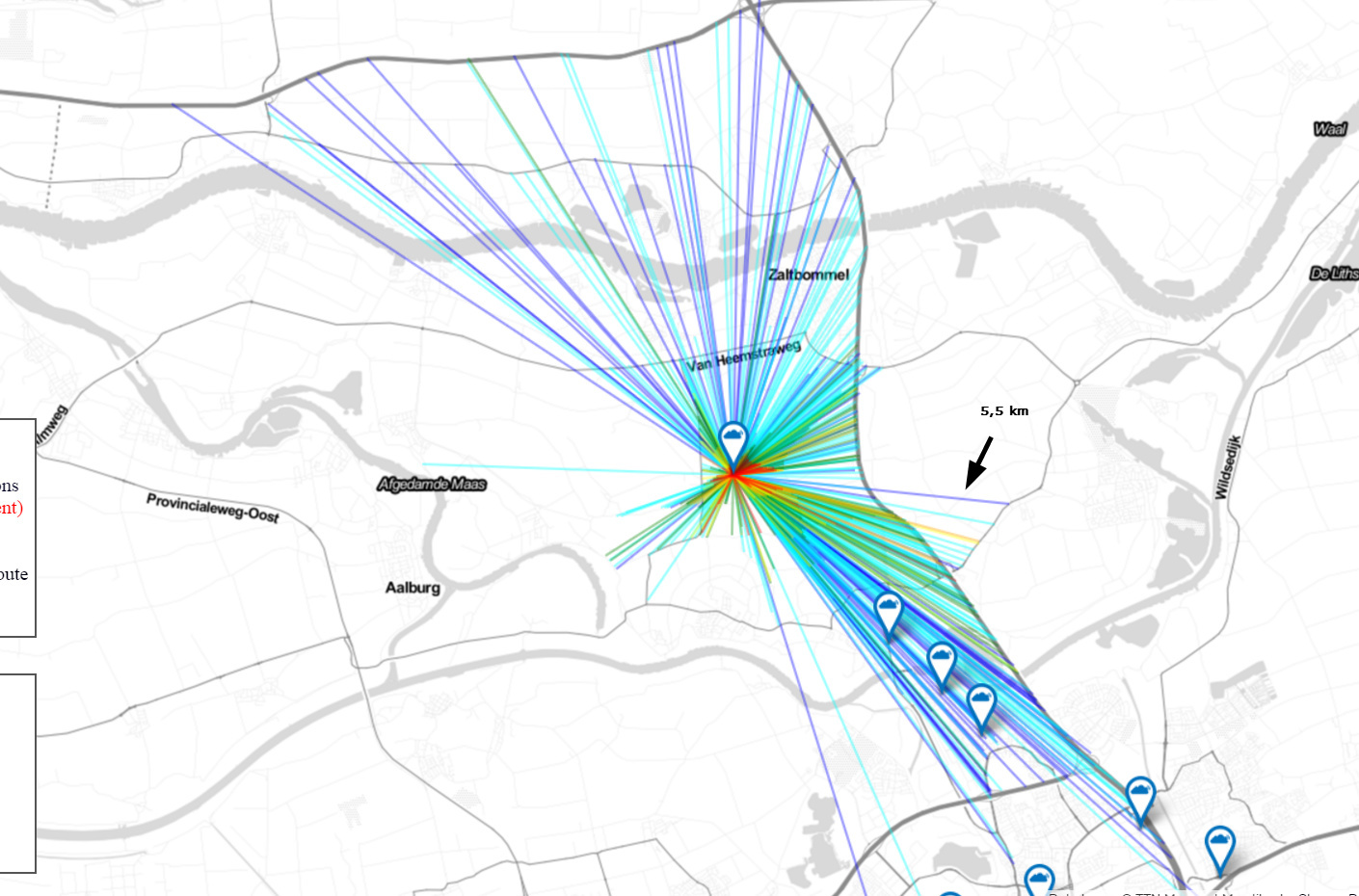
your gateway can NOT be destroyed by a node or a GSM transmitting even very close to the antenna.
But static charge built-up can , so make sure you are using a DC grounded antenna.
You can check this very simply, using your Ohm-meter, you should see a short circuit between the ground and the RF pin your antenna cable connector.
A note on lightning protection from Slack today:
@Caspar [12:50 PM]
uploaded this image:
@jmarcelino [1:22 PM]
what’s that big metal thing on the n connector? surge protector?
@Caspar [1:31 PM]
Lightning Protection, missing the cable to earth atm… - http://varia-store.com/Accessories/Lightning-Protection/Lightning-protection-5-6GHz/Lightning-Protection-N-Plug-N-Socket-Bulkhead-5-6GHz::255.html
@jmarcelino [1:50 PM]
Thanks. Always bern suspicious of those gizmos, just doesn’t seem possible they’d do much
Ligtning protection does not stop with an lightning protection at the antenna. Protection shall be insatlled to the (UTP) cables at the mast and before entering the building. Lightning protection shall be connected to a proper ground for the purpose of protecting the building from lightning. Wthout is is of no use.
You are right @pe1mew, i am missing the connection to ground atm on the photo. To protect the ethernet wires i use those (before the cable enters my building): https://www.ubnt.com/accessories/ethernet-surge-protector/ and the mast was connected to ground (from my electrician) already.
Sounds perfect!
Nearby lightning discharge and a LoRaWAN gateway. Ain’t the best combination 
Because I wasn’t at home when a major thunderstorm hit the Netherlands on 9 august 2018 I couldn’t shutdown my Lorank8 gateway and disconnect the antenne before the storm hit Almelo (ok, shutdown was possible by SSH but disconnecting a antenna is a physical thing).
From my work I monitored my TTN Enviromental map for the storm to hit and saw the sudden rise in humidity and drop of the temperature when the storm hit my home as you can see in the image below (timestamps are in UTC). But also a major drop of 16dB on the RSSI (link).
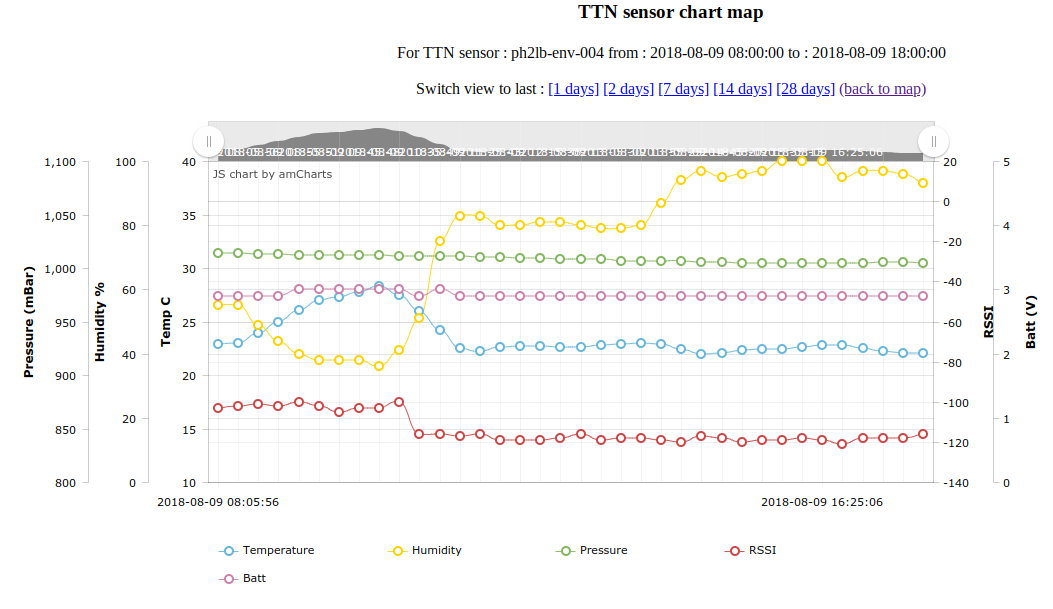
Because of the large amount of rain in that store I hoped that the antenna or cable had some water damage and after some cleaning this problem would be fixed. But measering the antenna and cable which seemd ok, I changed the antenna and cable just to be sure. But no increase of RSSI was to be seen. So I feared that the RX part of my gateway would have been damages by a nearby lightning discharge.
Early Juli 2018 I was asked by Wietse (who lives in my area) for some support on his graduation assignment involving a LoRaWAN case. He also told me that he is very interested in weather monitoring and had a professional weather monitoring system incl a professional lightning detector who sends data to a central server. So when I told him about my findings he was willing to search data for a lightning map of 9 august 2018 and send me a animated GIF of that day. He also told me that a had some discharges to close for comfort near my home and so the location where the LoRank8 gateway is installed.
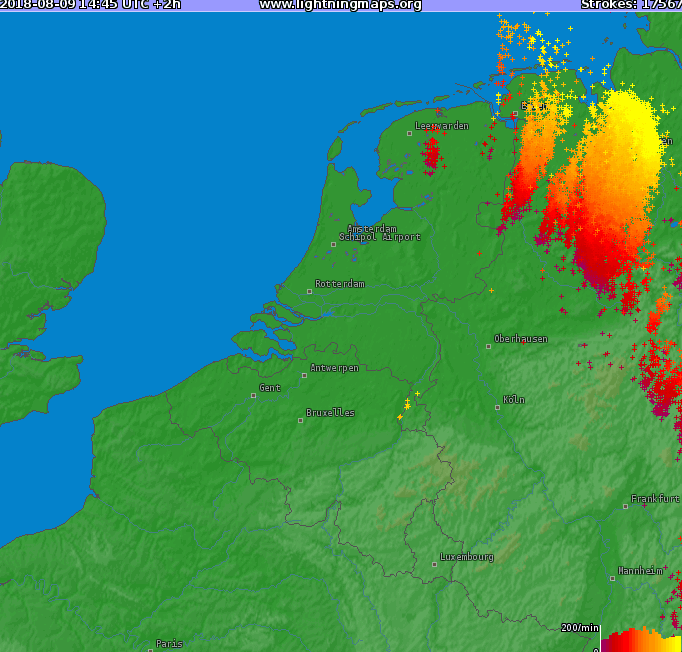
Confirming my fear that a nearby lightning discharge has probably damaged the RX part of my LoRank8 gateway. The only thing I could do now is to buy a new RF board for my Lorank8. A thing my wallet ain’t gona like. 
Also posted on my website : http://www.ph2lb.nl/blog/index.php?page=nearby-lightning
It seems persisting the RSSI is a great way to prove the damage to one’s insurance. (Though in The Netherlands not all will cover induction.)
As was going to look in that, I believe that they cover it.
But there is a things “eigen risico” (Deductible).
One of my new years resolutions was to replace the “deaf” concentrator board of my Lorank8 gateway. Today it got delivered and so it was time to install the new board (and a N-N female Coax lightning protector).
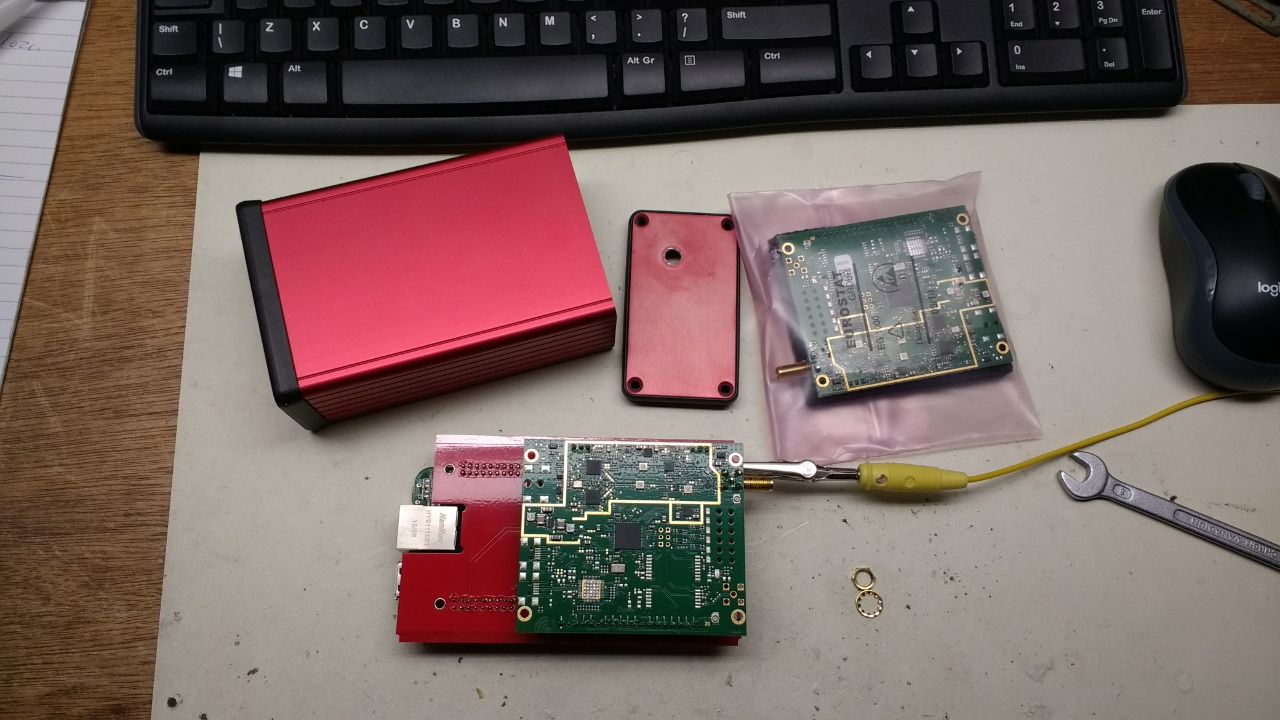
And the proof of the pudding is in the tasting, so waiting for a new sample to get in and take a look what the RSSI has done.
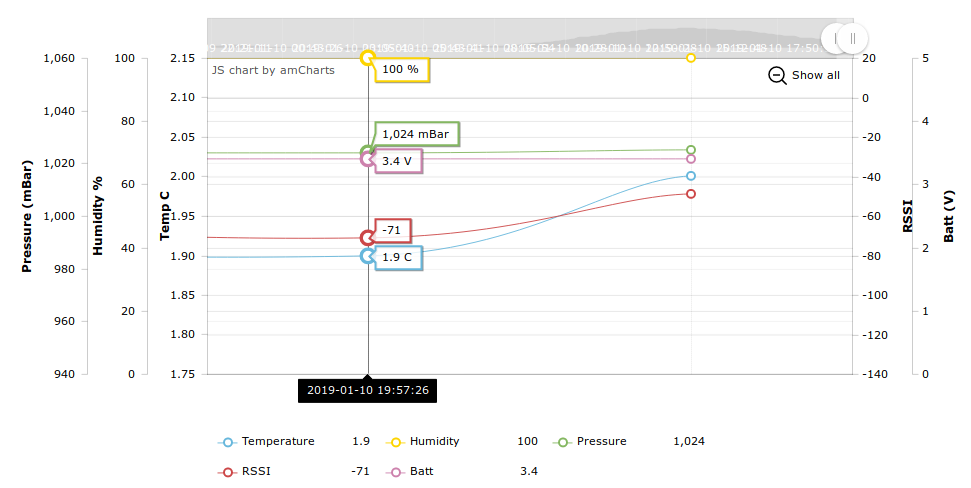
And the RSSI had restored to it’s old level (after the nearby lightning strike it dropped 22 dB on my nearby nodes).
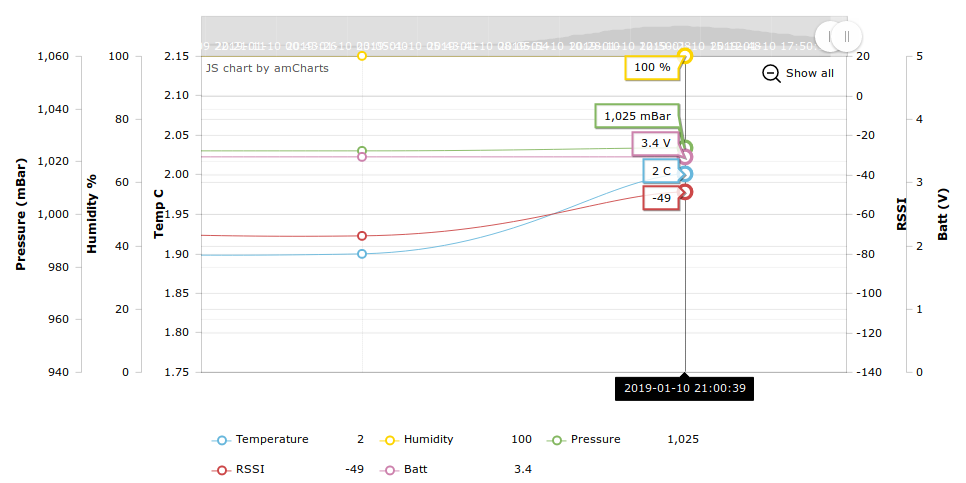
So when everything is ok, the northern part of Almelo should have it old coverage again. 
you have a link for that ? ![]()
That I do have for you : https://webshop.ideetron.nl/Webwinkel-Product-202254817/N-N-female-Coax-bliksembeveiliging.html
I still have to install in outside (you don’t want one installed inhouse) and hook it up to a separate earth pin (damn dutch rain). And I don’ t have the illusion that it will help with a direct hit, but luckily I have some large buildings around my house with professional lightning safety installation (those telecom guy know how to spend money). But I hope that It will suppress the static charges what you get from a nearby hit. Time will tell.
